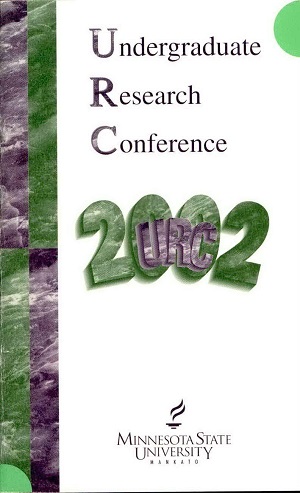Alteration of Renal Sodium Excretion During Dorsal Column Stimulation
Location
CSU
Student's Major
Biological Sciences
Student's College
Science, Engineering and Technology
Mentor's Name
Penny Knoblich
Mentor's Department
Biological Sciences
Mentor's College
Science, Engineering and Technology
Description
The kidney is instrumental in the regulation of blood pressure through sodium/water excretion. The current study investigates the effects of spinal stimulation at the level of the kidney on urinary sodium excretion and blood pressure. Male Spontaneously Hypertensive Rats (SHR) were divided into control and experimental groups. The rats were anesthetized with an i.p. injection of inactin or pentobarbital. The jugular vein and carotid artery were cannulated for the infusion of saline and measurement of arterial blood pressure, respectively. Laminectomy was performed to expose the spine at T8-T10. The bladder was cannulated for the collection of urine in 15-minute clearance periods. The urine was later analyzed by flame photometry for its sodium content. The experimental group received spinal stimulation for 15 minutes at 1.0 V, 50 Hz, 0.2 ms. The control group received no stimulation. Results for stimulated versus control animals will be analyzed.
Alteration of Renal Sodium Excretion During Dorsal Column Stimulation
CSU
The kidney is instrumental in the regulation of blood pressure through sodium/water excretion. The current study investigates the effects of spinal stimulation at the level of the kidney on urinary sodium excretion and blood pressure. Male Spontaneously Hypertensive Rats (SHR) were divided into control and experimental groups. The rats were anesthetized with an i.p. injection of inactin or pentobarbital. The jugular vein and carotid artery were cannulated for the infusion of saline and measurement of arterial blood pressure, respectively. Laminectomy was performed to expose the spine at T8-T10. The bladder was cannulated for the collection of urine in 15-minute clearance periods. The urine was later analyzed by flame photometry for its sodium content. The experimental group received spinal stimulation for 15 minutes at 1.0 V, 50 Hz, 0.2 ms. The control group received no stimulation. Results for stimulated versus control animals will be analyzed.



